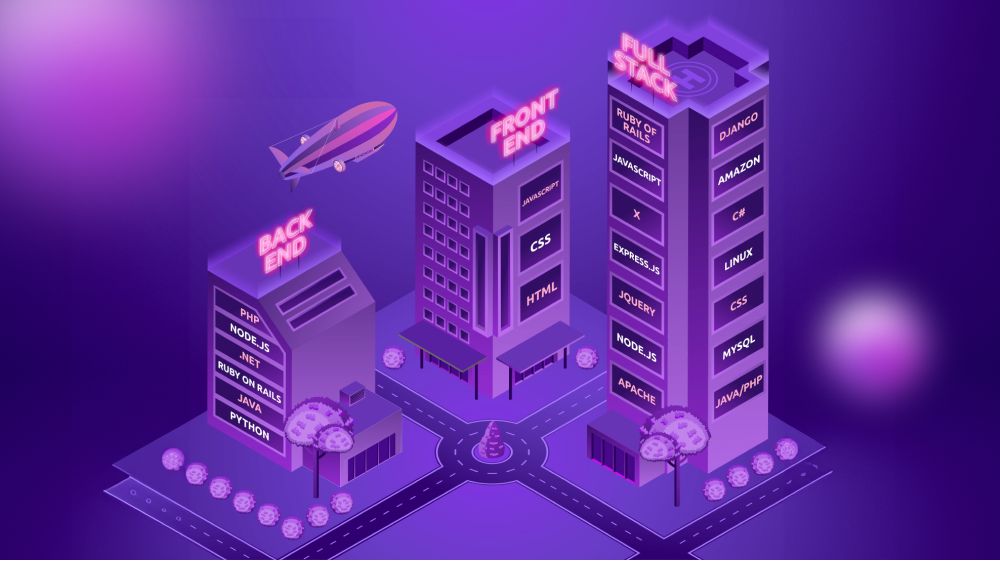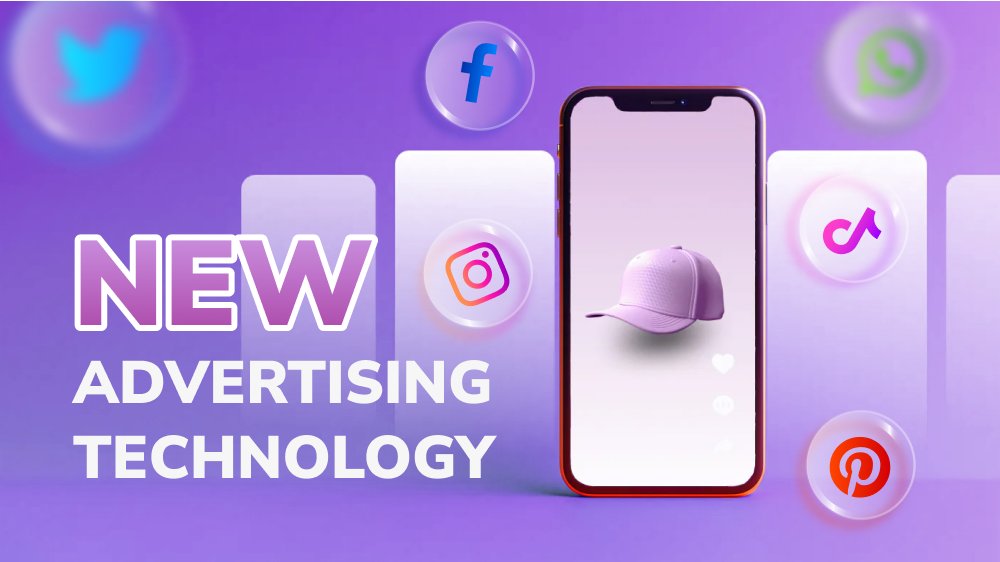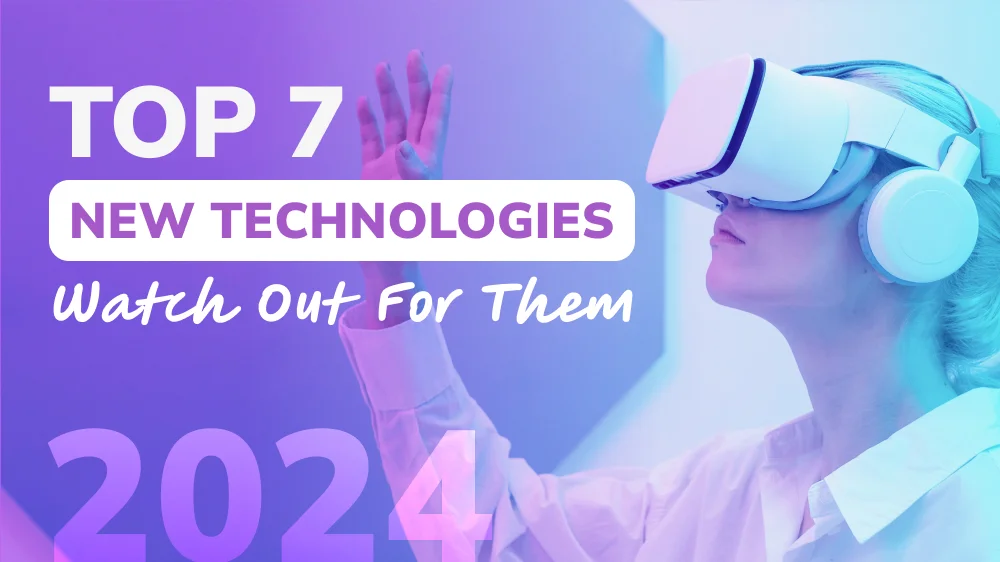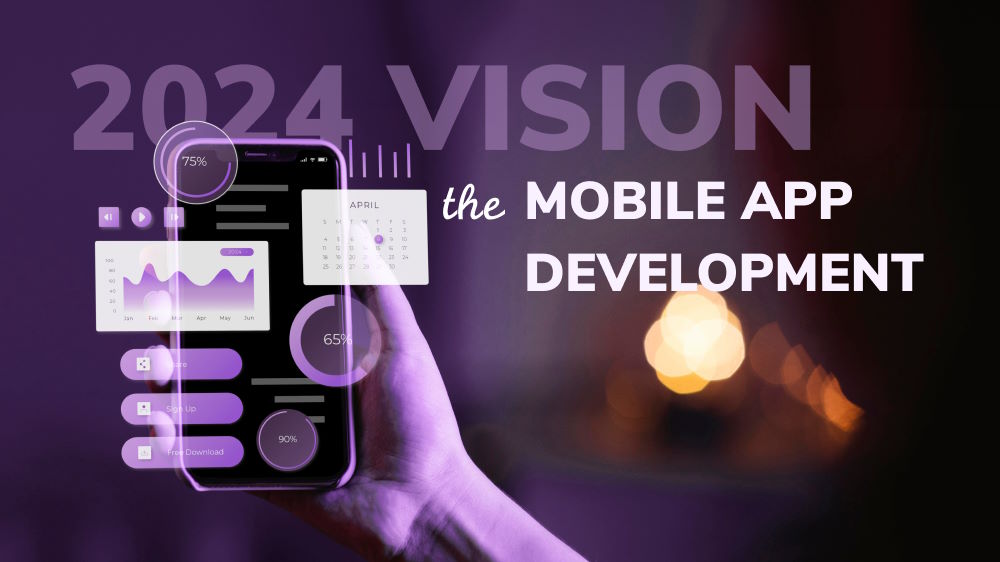The Future of Technology in 50 Years to Come

Content Map
More chaptersTrying to predict the future can be risky. Get it wrong, then your predictions come across as silly and far-fetched. Some good examples of this include meals in pill form, flying cars (we’re getting close though), and teleportation.
Get it right, though, and you could be seen as an innovator ahead of your time. A good example is Arthur C. Clarke, who, in his 1968 novel 2001: A Space Odyssey, accurately predicted the concept of the computer tablet with the fictional News Pad device.
With that being said, even if not all predictions are correct, there’s still value in fantasizing about the future. In fact, research has shown that thinking about the future helps us lead more generous and fulfilled lives, as it gives people something to look forward to and a sense of meaning.
This logic also applies to technology. It’s important to think about where technology is today, how it will change in the future, what it will replace, and the kind of role it will play in helping us live our lives. Why? Because it enables us to focus our efforts on making technological advancements that will vastly increase human capability and help shape a better tomorrow.
Have you ever wondered about the picture of technology in 50 years to come? Let’s take a look at some of the most promising technological advancements on the horizon.
What Will the Next 50 Years Look Like?
#1 Self-driving Cars

Self-driving cars have the potential to take us where we need to go without us ever having to set foot on the pedal. The advent of autonomous vehicles is no longer a new concept, but we’re not quite there yet due to various limitations in technological advancements.
The gap between manual and automatic driving is closing. You can buy cars that automatically brake when they predict a collision, have built-in cameras that monitor the driver for signs of fatigue, drowsiness or distractions, and keep you in the center of a highway lane. Specific examples for the highest level of automation available to consumers are systems such as GM’s Super Cruise, Ford Motor, Co.’s BlueCruise and Tesla’s with automated operating systems under certain conditions.
With big players – Tesla, Waymo, Ford, General Motors, and more – investing in the autonomous-related technology, the rise in competition in the future is inevitable and pushes the growth potential of automotive industries to the maximum level.
How long until autonomous cars become standard to redefine transportation systems? It’s hard to say, but most experts think full automation is possible within the next ten years. Of course, this depends on advancements in technology, government regulations, safety and ethical concerns, and public perception. It is worth noting that the transition to autonomous vehicles is a long journey, with varying levels of automation being introduced incrementally to lead to the final result.
#2 Greater Involvement from Robots
These days, robots can only perform a certain amount of tasks. They don’t really look or talk convincingly enough to pass off as human. And they tend to fall over a lot.
However, as digital life lays a foundation for limitless possibilities, things could be different in the future. According to Blake Hannaford, a professor of Robots, Controls, and Biosystems at the University of Washington, robots could ‘free up people’s brains’ to perform other, more complex tasks.
If true, you can expect to see more jobs become automated (where employees help the robot perform a specific task or work together with one) or simply disappear. This could mean up to 120 million workers will need retraining in order to be employable again.
On the plus side, we could use robots to perform tasks that are too dangerous for us. For instance, instead of putting the lives of rescue workers at risk, they can instead dispatch all-terrain robots to collect and return people back to safety. In a more distant future, some predictions even suggest that the U.S. Congress will be supported by a dynamic network model accounting for the concerns of citizens yet bound by established laws and resource constraints.
While a world full of robots capable of completely replacing humans may seem like a distant future when many unsolved issues such as ethical considerations, societal acceptance, and regulatory frameworks still exist, the evolution of technology like hybrid human networked intelligence has the potential to push the robotic industry to its boundaries. By combining human intelligence and artificial intelligence, humans create a synergistic system that leverages the strengths of both humans and machines.
#3 Personalized Technological Experiences

Companies like Amazon, Google, and Facebook already collect your private data to personalize the shopping experience.
Thanks to advancements in predictive AI, technology will get better at knowing what you want. By automatically analyzing vast user datasets, including your viewing and purchase history, providers can predict your unique habits and then anticipate your next move by sending you product recommendations, further enhancing engagement and satisfaction.
Immersive virtual and augmented reality environments will also play a significant role in offering customers personalized experiences. Imagine browsing Ikea and then seeing what that new couch will look like in your living room before you buy it. With the advent of VR web browsing, companies will soon be able to blur the lines between physical and digital realms and provide a more genuine, authentic, and engaging experience in digital life.
#4 Beyond 5G
5G is just around the corner. However, researchers are already exploring the possibilities of 6G and beyond.
While 5G aims to deliver increased speed, low latency, and more seamless connectivity between devices – i.e. self-driving cars and drones –, experts are already quick to point out its limitations.
For starters, 5G frequency waves can only travel a short distance and cannot penetrate buildings, trees, power lines, or other structures. This severely limits the potential reach of the 5G network. Secondly, 5G drains the batteries on phones and other devices faster than 4G.
According to experts, the next generation, 6G with expanded Internet access, will likely be powerful enough to give rise to emerging technologies like tactile internet, holographic communications, and machine-type communications.
Furthermore, there are predictions that the likes of 6G and beyond could deliver incredible speeds of 1TB per second, or 8,000 gigabits per second. As a reference, that means you could download around 142 hours’ worth of Netflix movies in just one second.
#5 Body Implants
Wearable devices like smartwatches, wristbands, and earbuds are all highly practical and, in some cases, fashionable. In the near-future, you can expect to see a transition to more ‘penetrative’ technology, such as microchipping, augmentations, and various other implants.
Sound far-fetched? You can already get a microchip in your arm to perform cashless payments in stores and at ATMs. Famous model Viktoria Modesta underwent leg amputation at the age of 20 to have her damaged leg replaced with an artificial one. She says the leg not only frees her of pain and discomfort and allows her to live a normal life, but she also uses the prosthetic leg as a memorable fashion statement.
With examples like this, we can expect to see wider adoption of prosthetics and brain-computer interfaces in the future and a wider variety of designs, colors, and concepts to better suit one’s taste, style, and accessibility needs. It could open up a whole new untapped market in the beauty and sports industry and beyond.
#6 Emerging Smart Cities
Smart cities are no longer a new concept, as this development model has appeared in most countries in recent years.
What makes a city smart? Basically, smart cities are urban models that apply advanced technologies and large amounts of data to reduce daily inefficiency and optimize city functions, thereby enhancing living standards. Although the core purpose of this smart living model has remained the same over time, the increasing demand for quality of life has made expectations for smart cities increasingly high.
If, at the present time, smart cities that serve human needs well are barely urban landscapes that prioritize IoT sensors, sustainability initiatives, high-speed connectivity, and smart traffic management systems, Smart cities in the future of the next 50 years are expected to integrate a number of other advanced technologies for efficiency enhancement.
Fully autonomous vehicles and drones will transform urban mobility and reshape the transportation network with unsurpassed levels of safety and intelligence. Augmented reality technology will be widely used to visualize and test urban design concepts in real-time before official deployment. Artificial intelligence and predictive analytics will play a more vital role in services personalization and weather prediction of the natural world, improving quality of life for residents as a whole.
#7 Biotechnological Breakthrough in Healthcare

Have you ever thought about a scenario where doctors predicted your heart attack before you had it? Biotechnology solutions have long been evaluated as the future technology for promoting human health and innovation in all segments.
As the volume of data coming from diverse sources such as life-style information and electronic health records increases (so called “big data”), the rosy picture of further opportunities for biotechnology becomes more apparent. What is more, this biological big data, coupled with continuous innovations in genetic engineering, molecular biology, and bioinformatics, is also expanding the capabilities of biotechnology 50 years later.
Ben Shneiderman, distinguished professor and founder of the Human Computer Interaction Lab at the University of Maryland, said, “Medical systems that collect patient data will give richer portraits of individual health as well as data to develop new treatment protocols.”
By using artificial intelligence and big data analytics tools, hospitals can completely turn raw data into actionable insights used for patient diagnosis and treatment.
#8 Decentralized Finance (DeFi) Platforms
Blockchain-based DeFi platforms could revolutionize traditional banking services by offering financial activities, including lending, borrowing, and trading options, without the help of intermediaries.
At present, these types of decentralized platforms are actively operating within the cryptocurrency and blockchain ecosystem. However, many concerns surrounding blockchain technology’s security and legal issues still exist, causing DeFi not truly to maximize its development potential.
Predicting the exact future of blockchain-based Decentralized Finance (DeFi) platforms 50 years from now is inherently challenging due to the changing nature of technology and the complex interplay of various factors shaping the future of finance. However, one thing we can confirm is that DeFi platforms, along with blockchain technology, will become more mature in the next 50 years.
Besides layer 2 solutions and cross-chain interoperability, which can enhance the scalability and efficiency of DeFi platforms, we expect continuous innovation in smart contract development that will be able to form more sophisticated and secure DeFi protocols. The constantly evolving blockchain algorithm is the foundation for eliminating uncertainties and doubts about this technology.
Once regulatory clarity and frameworks for DeFi are formed, the time where DeFi platforms become more integrated into the mainstream financial ecosystem, even extending beyond finance to appear in other sectors like healthcare will be in the not too distant future.
The Bright Future Is in Our Hands
Technology moves at an incredibly fast pace. What is popular today may be obsolete in just a few years. What was once thought impossible could become standard in less than a decade.
For this reason, it’s hard to know whether these predictions will come true. But it’ll be interesting to see how these ideas manifest in the years to come. Regardless of the technology scenario in 50 years, we believe that the rapid changes and developments of technological advancements are all aimed at a single ultimate goal: improving human existence and making the digital and physical worlds better.
It is worth noting that perfection is a far-reaching concept at all times. It cannot be denied that the future promises many positive outcomes. However, existing alongside new opportunities is a potential challenge. As humans willingly trade discretion in increasingly ubiquitous digital systems for improved quality of life, personal privacy has the potential to become a distant memory.
In the era of internet-enabled technology, indirect interaction through social networking platforms and communication tools unintentionally creates many security holes. If you do not nurture and maintain unmediated human relationships but rely on mostly unregulated internet, plus commercial impetus remains dominant, and international regulation remains weak, people giving away their data for convenience access has the potential to cause dangerous disruptions across society.
For the time being, what we can do is monitor the development of technology, watch the market trends, and listen to the experts who are involved in their development to protect personal information and minimize cybersecurity attacks.
You don’t have to be a scientist to contribute to a bright picture of our future’s physical and digital worlds. Instead, integrating the latest technologies in software projects is a viable way to create value across various industries and domains. What changes do you anticipate in the digital world’s platform companies? If you have an innovative business idea that cannot wait to be put into action, connect with our experts at Orient Software and learn how we can help.







